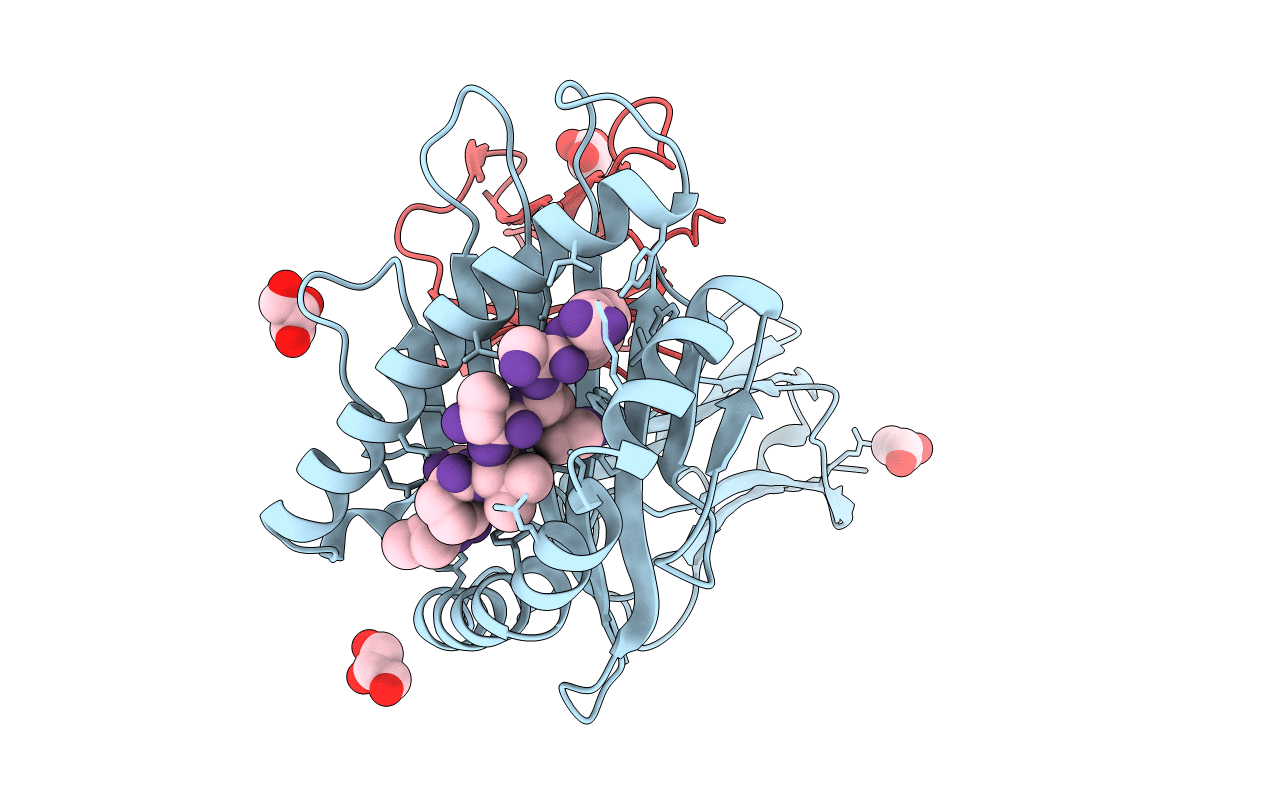
Deposition Date
2007-10-02
Release Date
2008-07-08
Last Version Date
2024-10-30
Entry Detail
PDB ID:
2RFX
Keywords:
Title:
Crystal Structure of HLA-B*5701, presenting the self peptide, LSSPVTKSF
Biological Source:
Source Organism:
Homo sapiens (Taxon ID: )
Host Organism:
Method Details:
Experimental Method:
Resolution:
2.50 Å
R-Value Free:
0.26
R-Value Work:
0.20
R-Value Observed:
0.21
Space Group:
P 1 21 1


